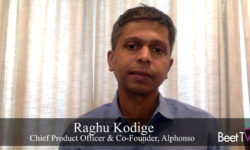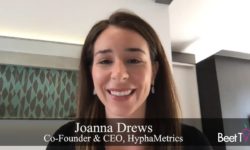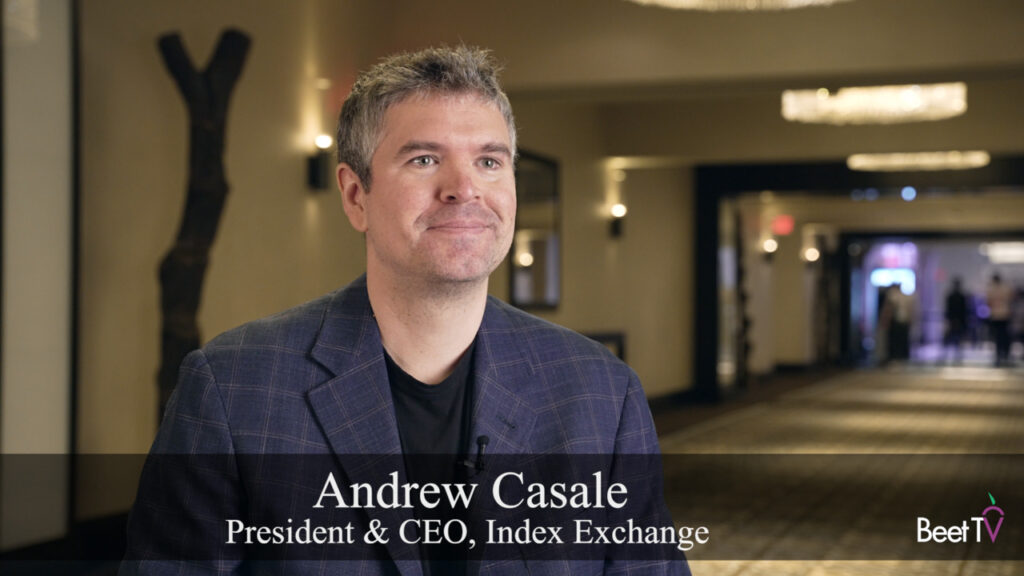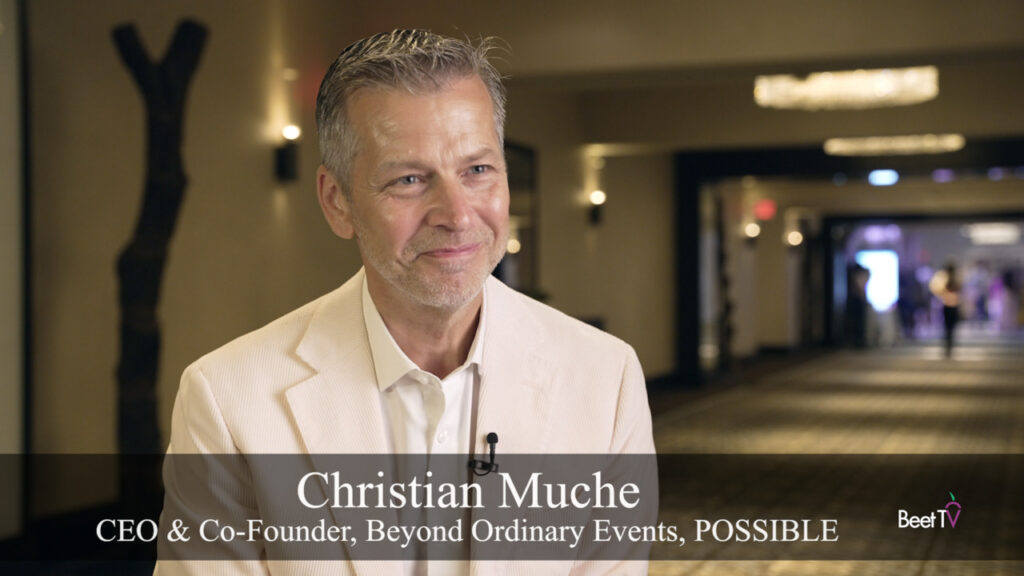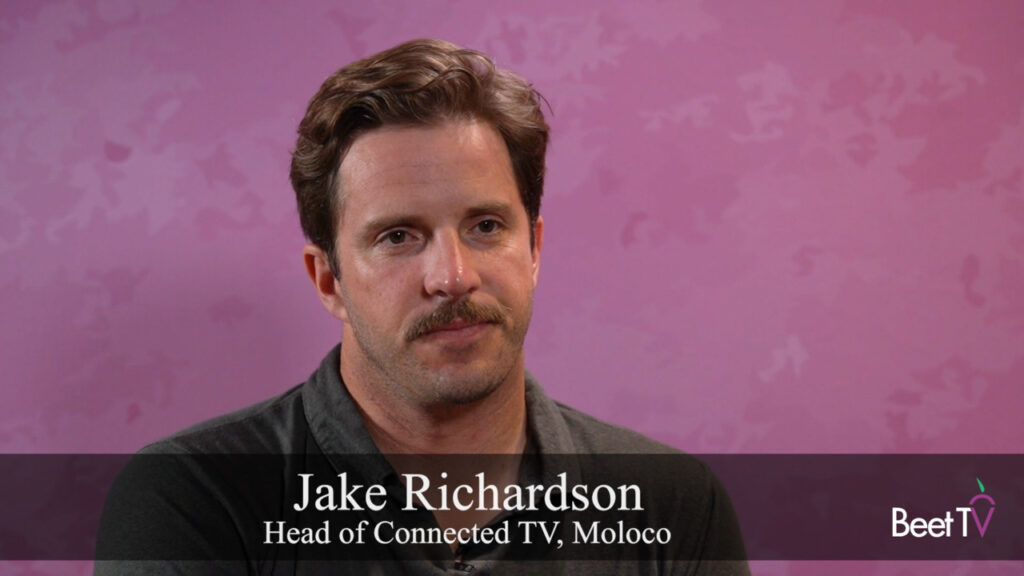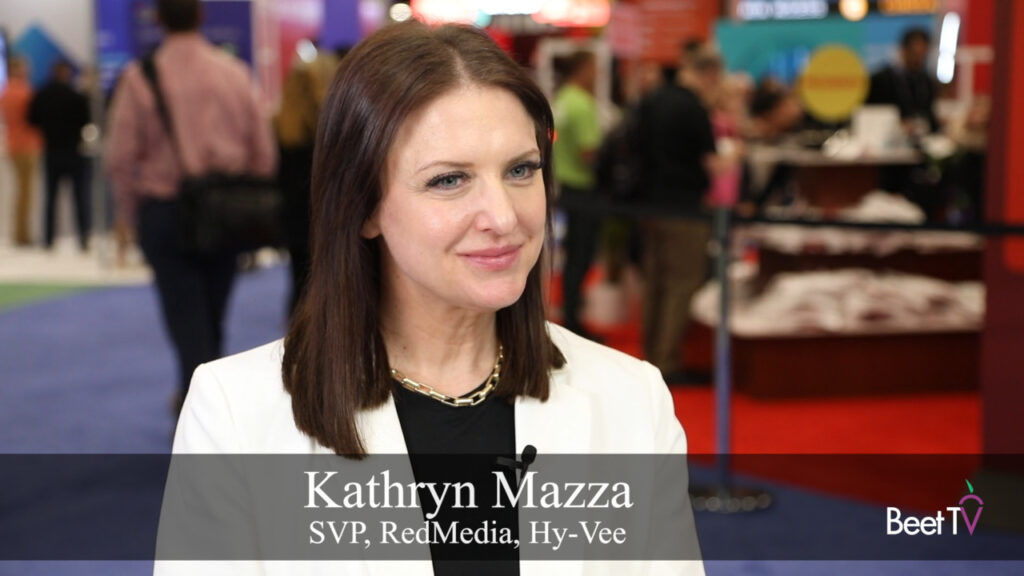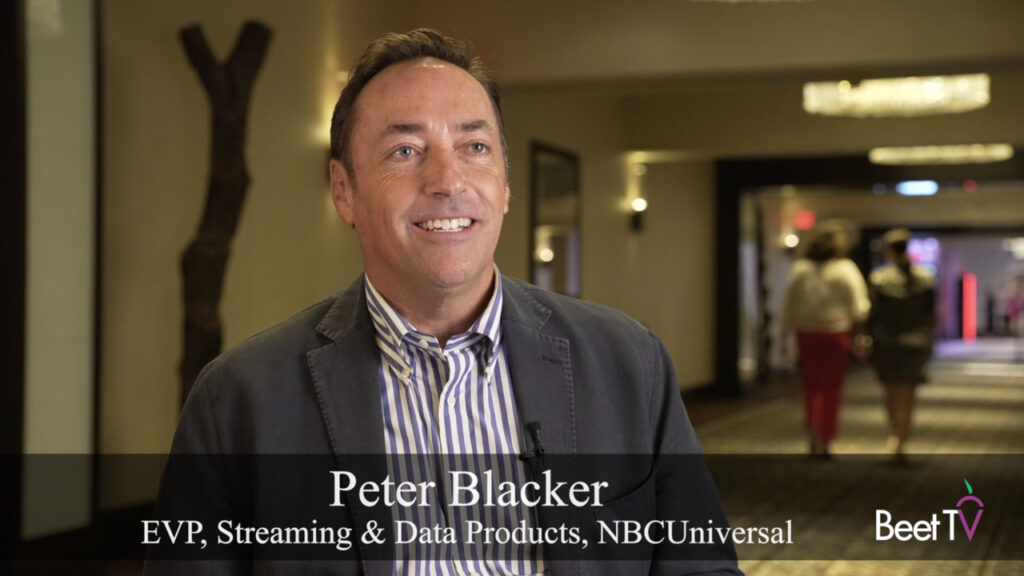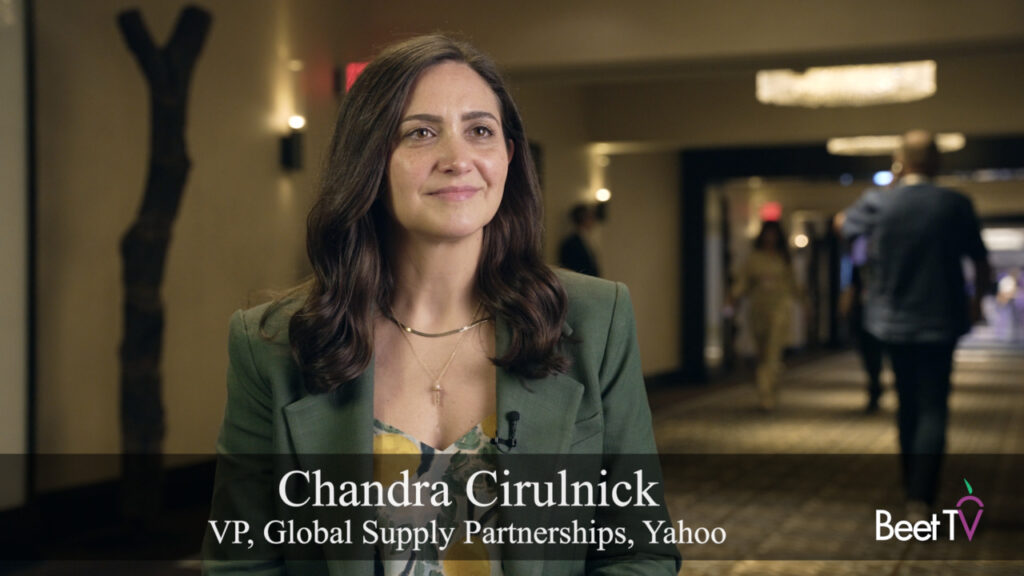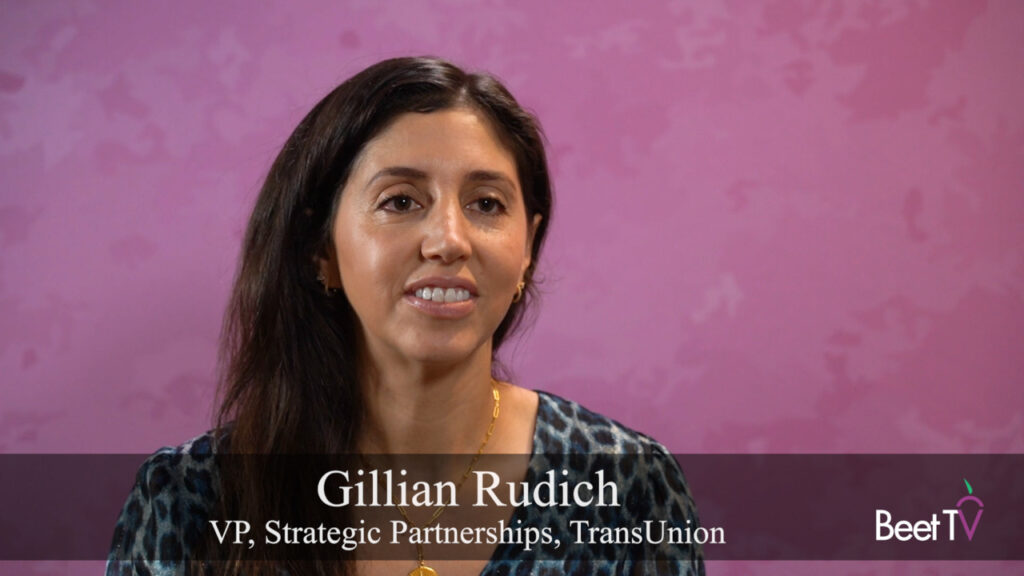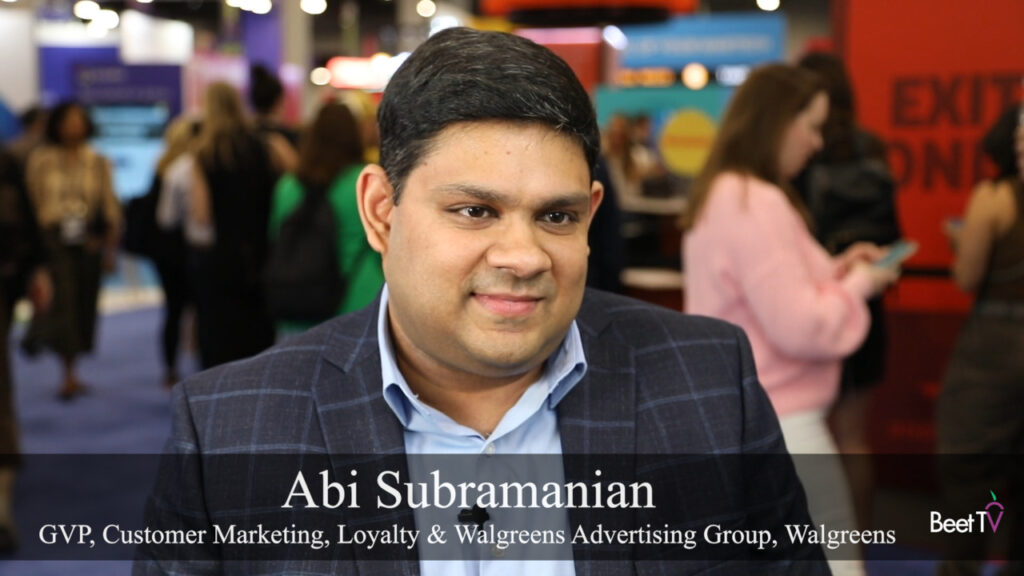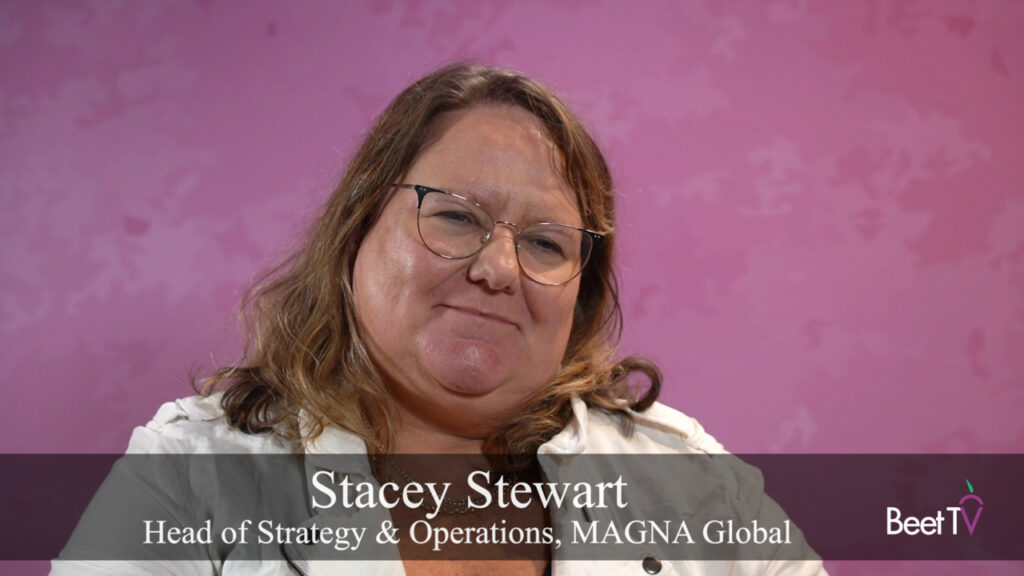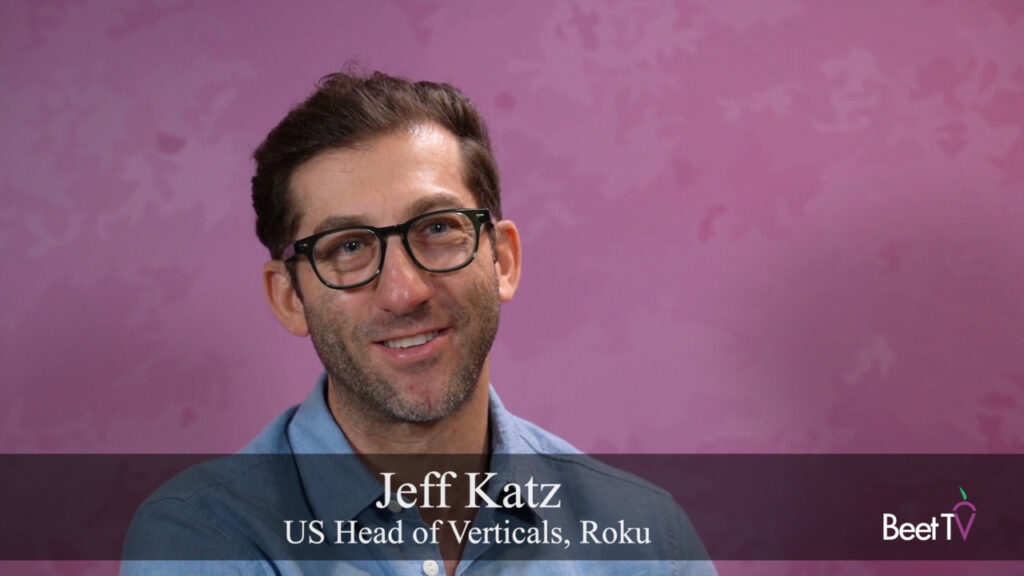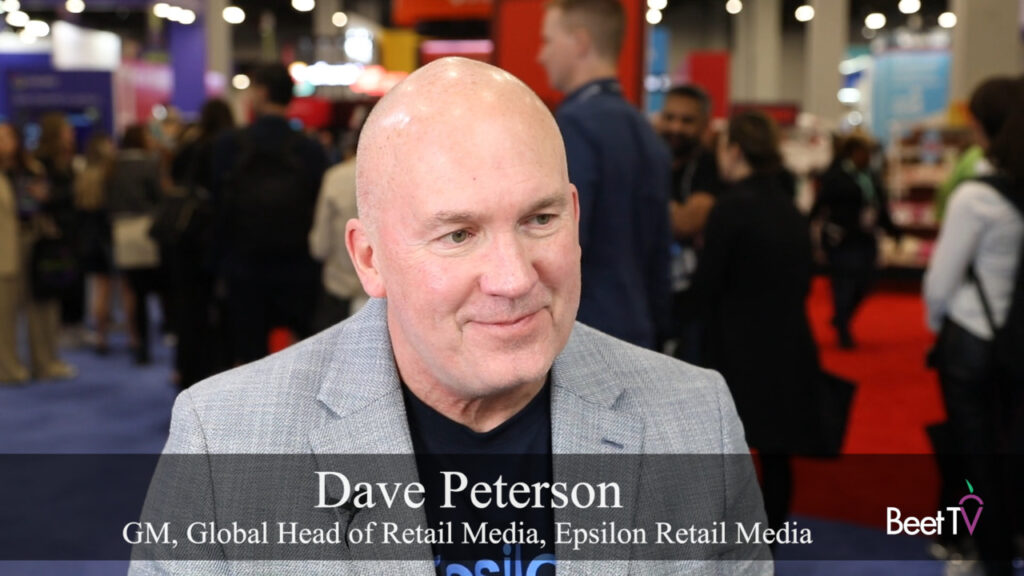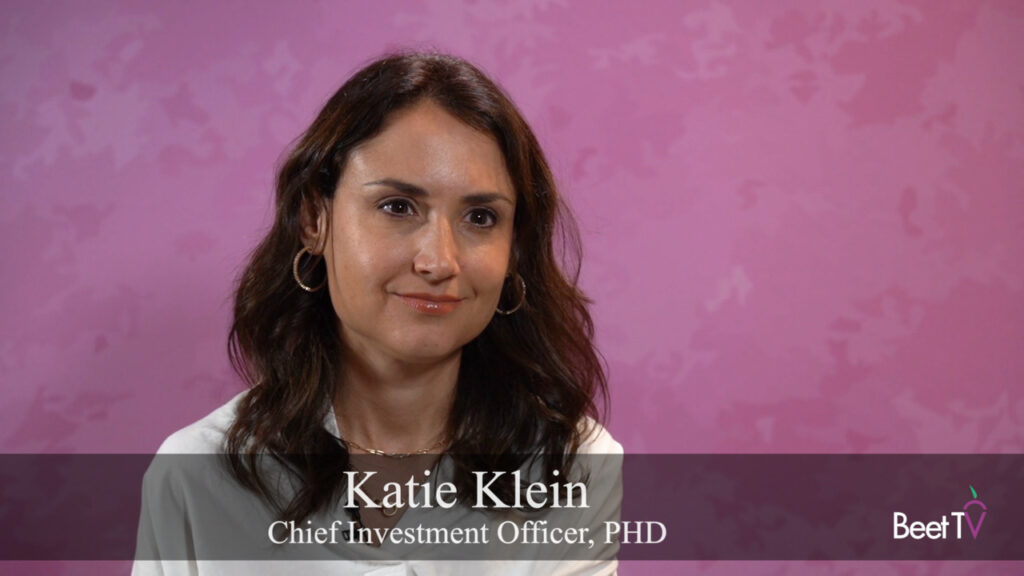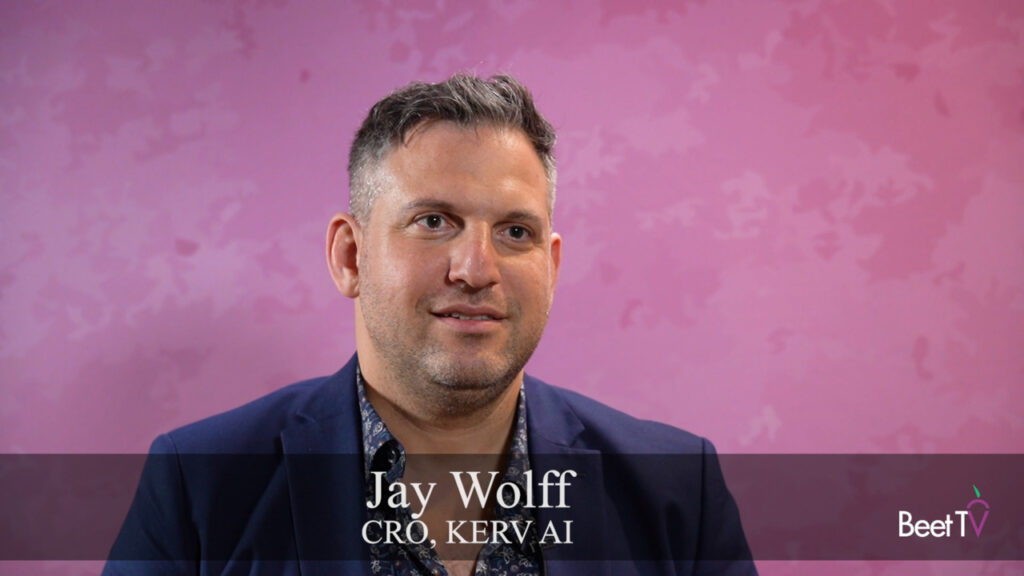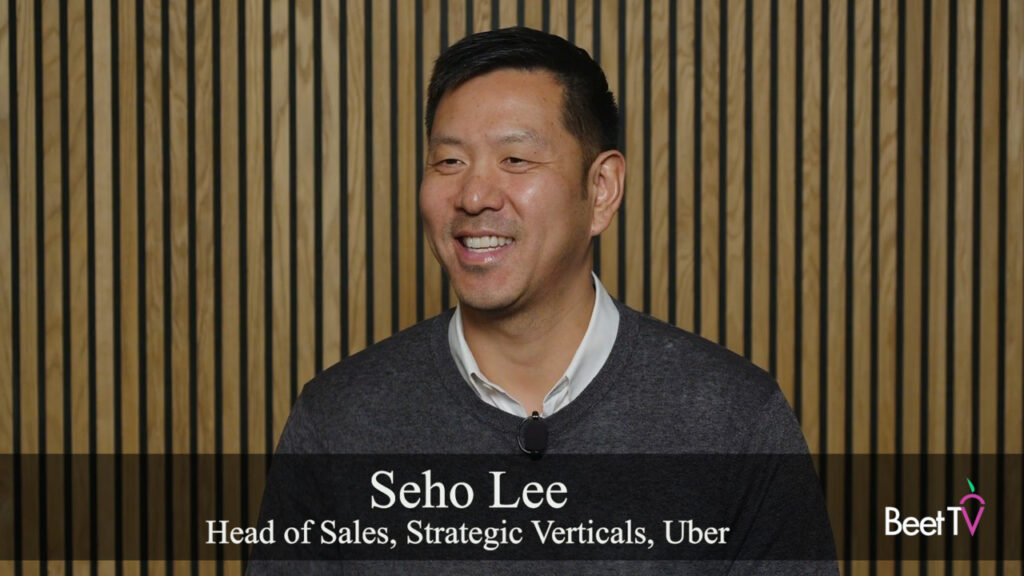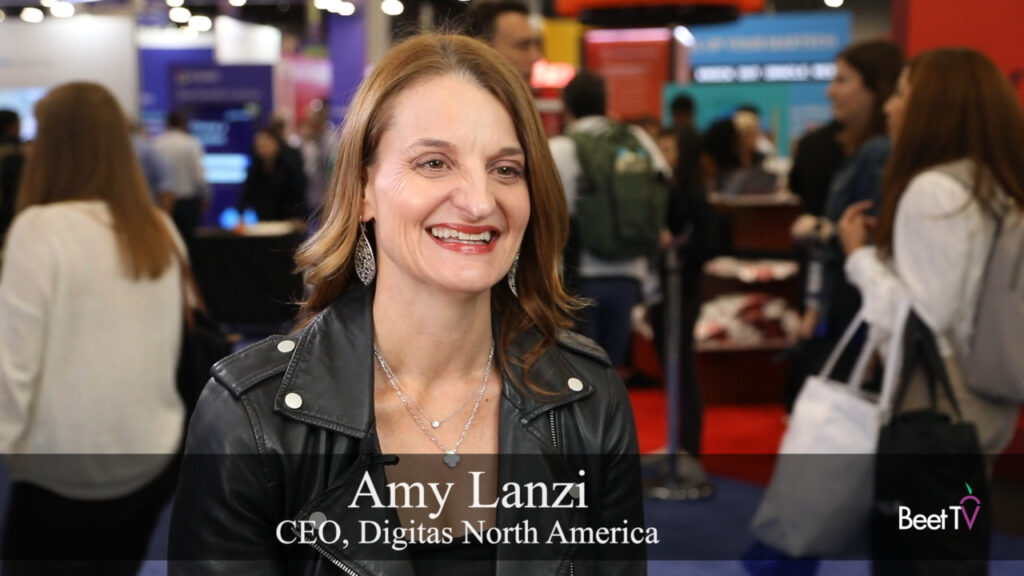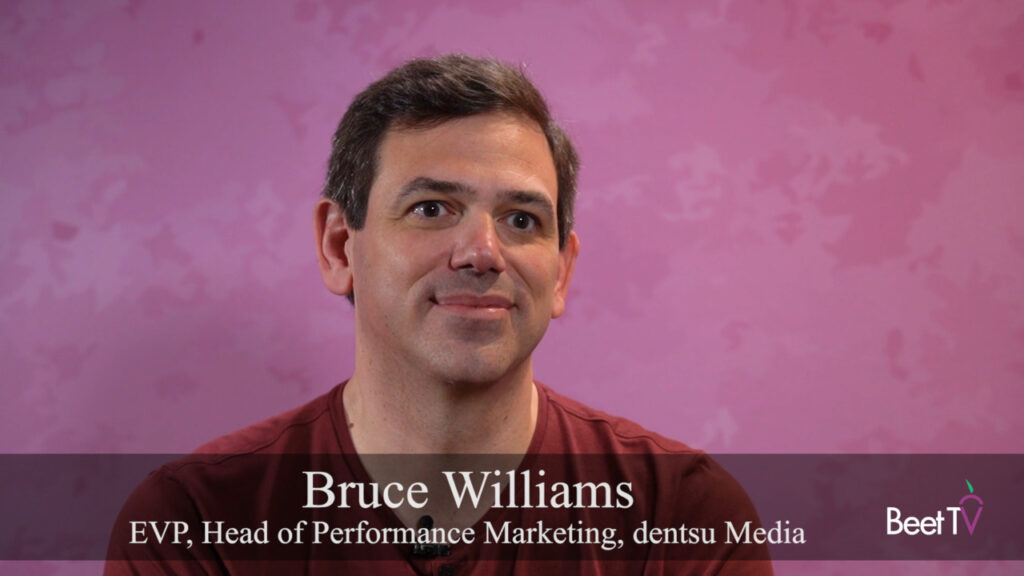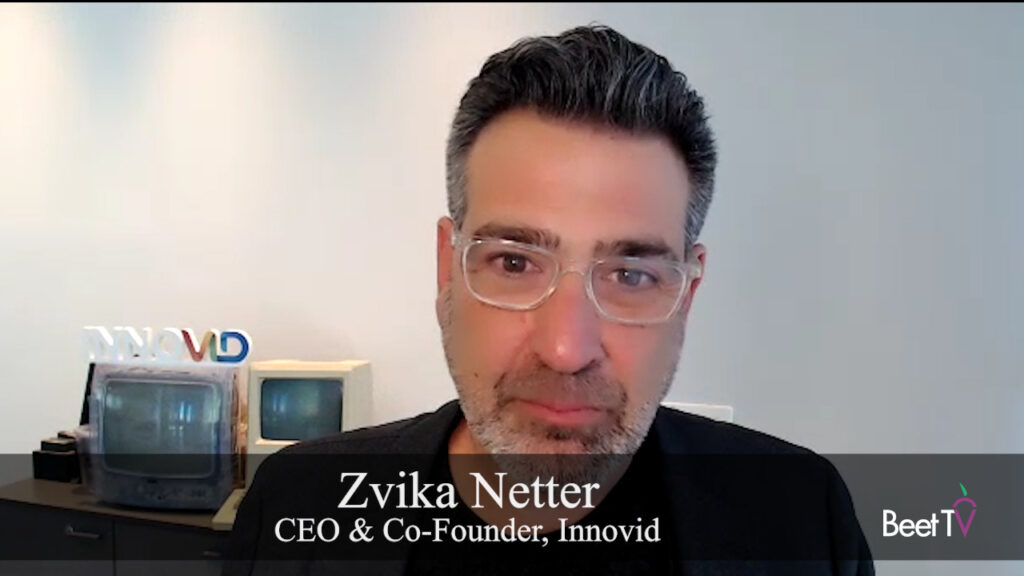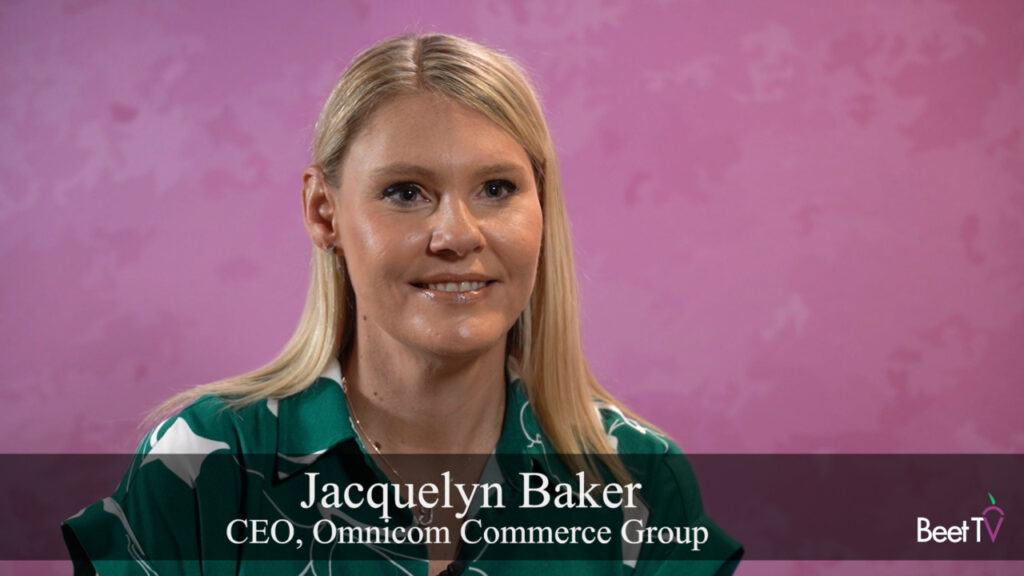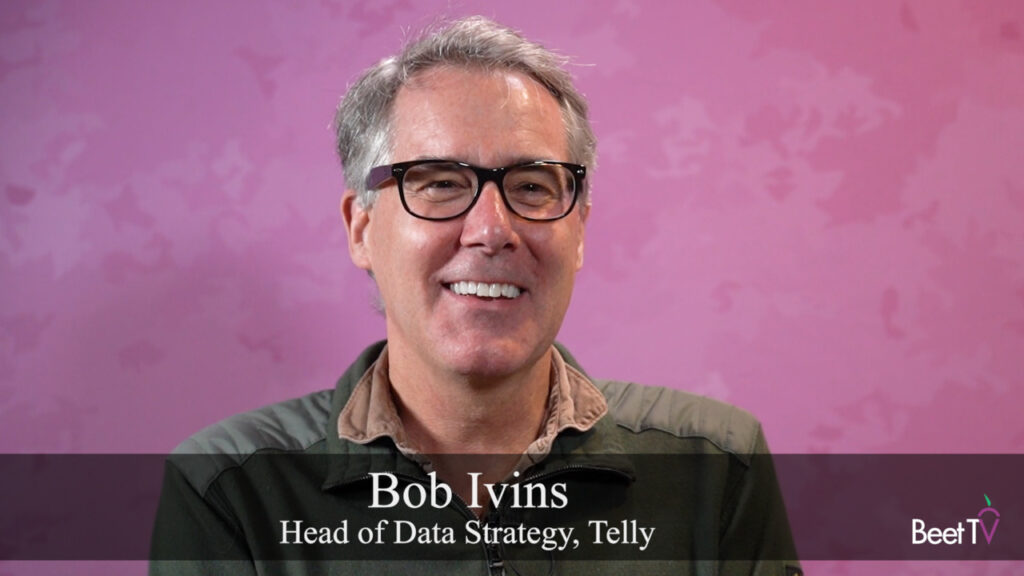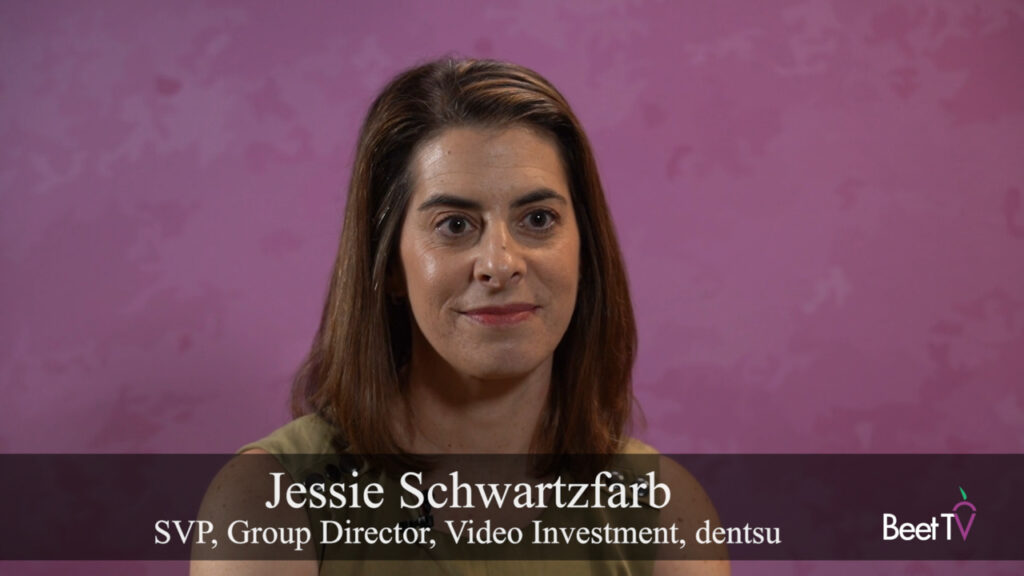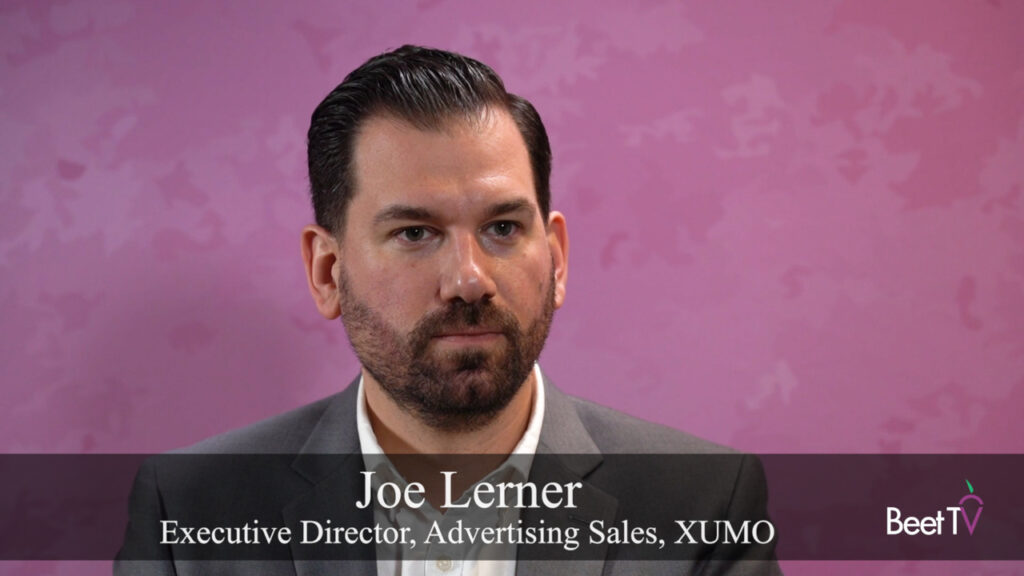TV commercials may often seem like they are full of ads for traditional mainstay brands.
But TV is now a medium that can drive results even for upstarts, according to a new piece of research.
The Halo Effect, a report from VAB and Comcast Advertising’s Effectv, examined direct-to-consumer (D2C) and 50 other brands to discover the effectiveness of launching a TV ad campaign.
In this video interview with Beet.TV, James Rothwell, Comcast Advertising’s VP, Global Agency, Brand & Industry Relations, explains the findings.
RELEASED TODAY❕ Our new report in collaboration with @effectv, "TV as a Growth Engine," and the latest in #TheHaloEffect series, provides a rich analysis of the impact that TV has on a brand’s digital storefront and platform. ▶️ https://t.co/3OLobcyBZY pic.twitter.com/GZeFcec6Ww
— VAB (@VABintel) November 17, 2020
Traffic driver
“On the month of that TV launch, all brands, no matter what their age, saw double digit growth,” Rothwell says.
- “The younger brands saw the largest jump of around 23% increase in their total unique website visitors.”
- “When they weren’t on air there was a halo effect of TV’s impact with younger brands, they were able to sustain some growth through those channels, reinforcing the TV messaging.”
- “Those that were able to stay on air they had the resources to do so with an ongoing TV campaign were able to see 80% growth in digital engagement while on television.”
“The real takeaway for us was – it doesn’t matter how old the brand is; if you have the opportunity to invest in television early, you can exponentially grow your business very, very quickly.”
For example, eco-friendly cleaning products company Blueland saw a 65% jump in website traffic after launching a TV ad campaign, the report found.
Future of D2C
EMarketer analysis suggests D2C ecommerce sales would hit $17.75 billion in the US in 2020, up from $14.28 billion in 2019 – 2.6% of total ecommerce.
But eMarketer thinks growth rate will tail off in the emerging economy as many items are non-essential and customer acquisition costs are rising.
To gain cut-through, many D2C brands are turning to TV. That is different for a category that has traditionally built its name in online, social media. Indeed, the “D” in “D2C” may as well stand for digital.
Why wait?
But many D2C brands that turn to TV are finding the reach and impact, indeed, provides the platform they need.
“Typically, (it is) around eight years before a DTC brand invests in television,” Rothwell adds.
“But, more and more, we’re seeing brands are accelerating that up in their timeline and accelerating their TV investment strategies because they’ve seen what it’s been able to do. (It can) catapult them to that next level of growth much quicker than maybe if they’d waited.”
Rothwell cites targeting as one capability that addressable TV can bring, helping new, digital-side marketers see a pathway to TV. He says “it’s a great time to do test and learn”, starting with basic messaging and working toward real-time optimization.
















